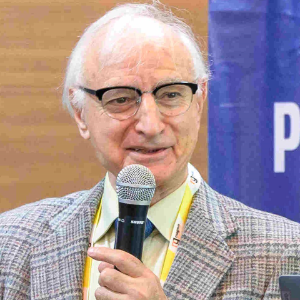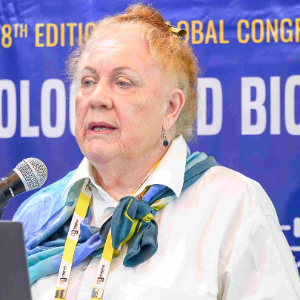Plant Hormone Biosynthesis
Plant hormones, also known as phytohormones, are key regulators of plant growth, development, and responses to environmental stresses. Understanding the biosynthesis pathways of these hormones provides insights into how plants adapt and thrive. Key hormones include auxins, which promote cell elongation; cytokinins, which stimulate cell division; gibberellins, which regulate seed germination; abscisic acid, which responds to stress; and ethylene, which influences fruit ripening. Advances in biotechnology, particularly in synthetic biology and gene editing, allow scientists to manipulate these hormonal pathways to enhance desirable traits in crops. For instance, modifying hormone levels can lead to increased yield, improved stress tolerance, or altered flowering times. By unraveling the complexities of plant hormone biosynthesis, researchers can develop innovative solutions for sustainable agriculture, helping to meet the challenges posed by climate change and global food demands.

Mohammad Babadoost
University of Illinois, United States
Mary Cole
The University of Melbourne, Australia
Valasia Iakovoglou
UNESCO chair Con-E-Ect, International Hellenic University, Greece
Satya S S Narina
Virginia State University, United States
Sara Hailemariam
Purdue University, United States
Midhat Mahboob
Lincoln University, New Zealand


Title : Exploring the genetic diversity in tannin-rich forages to explain the large intra species variability in tannin content
Selina Sterup Moore, Aarhus University, Denmark
Title : Isolation and functional properties of biomolecules of plants and its application
Balagopalan Unni, GEMS Arts & Science College (Autonomous), India
Title : Primed for the future: PGPR and the promise of sustainable, heritable crop resilience
Prashant Singh, Banaras Hindu University (BHU), India
Title : Revealing allelic variations in candidate genes associated with grain yield under salinity stress between two contrasting rice genotypes
Nisha Sulari Kottearachchi, Wayamba University of Sri Lanka, Sri Lanka
Title : Adaptive strategies of Aristida L. species across ecological zones of Pakistan: Linking soil characteristics with morphological and physiological traits
Iram Ijaz, University of Agriculture Faisalabad Pakistan, Pakistan
Title : Ethnobotanical survey and abundance of weeds in selected Manihot esculenta (cassava) Crantz farms in Osun state, Nigeria
Dada Caleb Mayokun, University of Ibadan, Nigeria